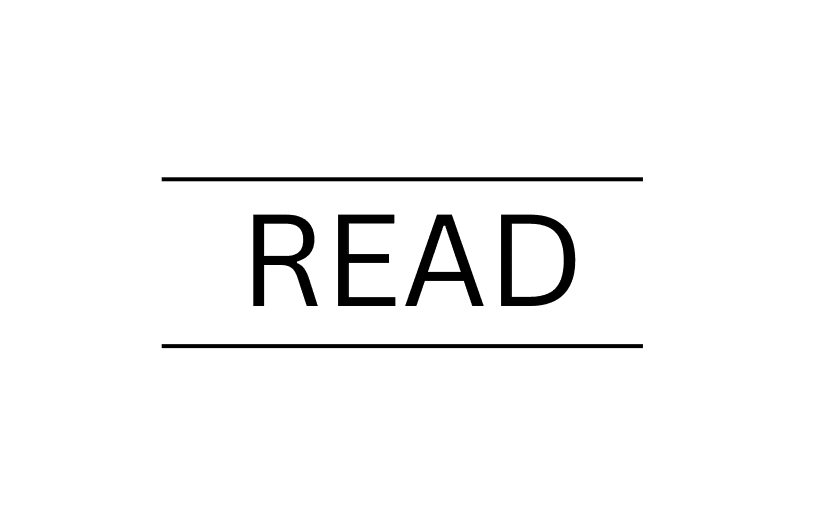Funny, mean, allusive — all these words describe one of English’s most two-faced figures of speech: the innuendo. If you’ve ever thought to make a rude comment but didn’t want to get called out for it, you might’ve used innuendos to skirt the line.
That’s not to say that innuendos are inherently bad. In fact, a variety of respected and even lauded authors have used innuendos throughout the ages.
Why Do Writers Use Innuendo?
Innuendos can be valuable tools to skate under censors, poke fun at authority and create humorous situations. In the hands of a skilled writer, this rhetorical device can even become classic literature. For example, both Charles Dickens and William Shakespeare used innuendo frequently and to great effect.

What Is Innuendo?
Innuendos imply a situation rather than saying it outright. The implication may be negative, impolite or sexual in nature, and more direct comments may reflect poorly on the speaker rather than the comment’s recipient.
From a technique standpoint, innuendos encourage readers to “read between the lines” by finding meaning beyond the printed words. Readers who find multiple meanings engage with a piece more deeply, an outcome all writers should strive for.
What Is the Innuendo Definition?
If you look up the word “innuendo” in the dictionary, the definition is simple: a veiled remark. However, this literary device is more complex than you might think — it requires analysis on several levels and a great deal of creativity.
What Are Common Innuendo Examples?
Innuendos written for sitcoms and comics are generally played for laughs. However, they can also reveal characters’ opinions or imply secret information.
- I heard Sam got “extra help” on the exam. (Sam cheated on the exam.)
- It seems like Ashton and Aishan are spending a lot of time together. (Ashton and Aishan are secretly dating)
- Greg is so brave for wearing such a vintage sweater. (Greg’s sweater is old and ugly.)
- I’d love to just read books all day for work. (Reading books isn’t a hard job.)
What Are the Different Types of Innuendo?
Many forms of innuendo only make sense in context and therefore don’t fall into a particular “category.” However, three types show up so frequently that they’ve become well-recognized:
- Sexual
- Accidental
- Innocent
Sexual Innuendo
Sexual innuendos are arguably the most common. These remarks imply something of a sexual nature and usually rely on slang or popular culture. Here are some sexual innuendo examples:
- Is that a [insert phallic object here] in your pocket, or are you happy to see me?
- You know what they say about men with big feet/hands/noses.
- She ordered the foot-long.
- His knees must be sore.
- I heard the two of them are pretty “close.”
Accidental Innuendo
Accidental innuendo is just what it sounds like: The writers didn’t intend to imply anything beyond the literal meaning of their words, but readers’ knowledge of slang, double entendre and euphemisms add an unintentional layer. There are hundreds of hilarious examples of innuendos slipping through the cracks in advertising, so keep an eye out for these sneaky phrases if you want to keep your writing squeaky clean.
- He tried so hard, but she just wasn’t interested.
- His sword was so large that no sheath could fit it.
- I love nuts so much; I can’t get enough of them!
Innocent Innuendo
Innocent innuendo may seem accidental, but the writer intentionally included it. The result is a humorous effect.
- The two of them got busy — filing papers.
- He got wood — for the fireplace.
- He’s very experienced — in finances.
- She and I slept together — because there was only one bed.
- Everyone’s doing it — because this new dance is really fun!
What Is the Difference Between Innuendo and Euphemism?
Euphemisms and innuendos have a lot in common, but they have one huge difference: intent. A euphemism downplays an idea to be more socially acceptable. An innuendo, on the other hand, leans into the derogatory nature of a remark.

How Can You Figure Out an Innuendo Meaning?
As accidental innuendos illustrate, sometimes this literary device goes over the audience’s or writers’ heads. How can you tell if what you’re reading or listening to contains innuendos?
One way is to observe others’ reactions. Are some audience members sniggering or giggling, but you didn’t hear an overt joke? They may have identified innuendos.
Of course, if you’re reading something on your own, you’ll have to do a little investigating. If you come across a phrase that sticks out, you can do an internet search or check out sites such as Urban Dictionary, which is dedicated to recording slang and innuendo.
How Can You Use Innuendo Effectively?
If you’re not used to writing innuendos, one of the best things you can do to hone your skills is read. Many satires are littered with this device, and even serious works use it to illustrate a point.
An innuendo is a powerful tool, which is why you should practice it in your writing. What are the weirdest innuendos you’ve ever encountered? Let us know in the comments below.


Leave a Reply